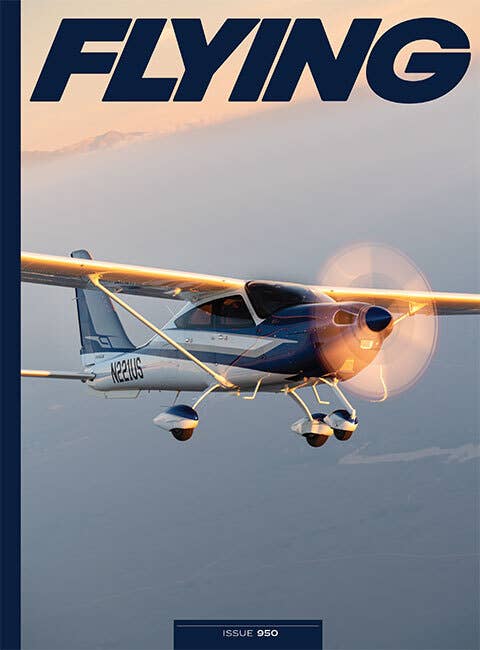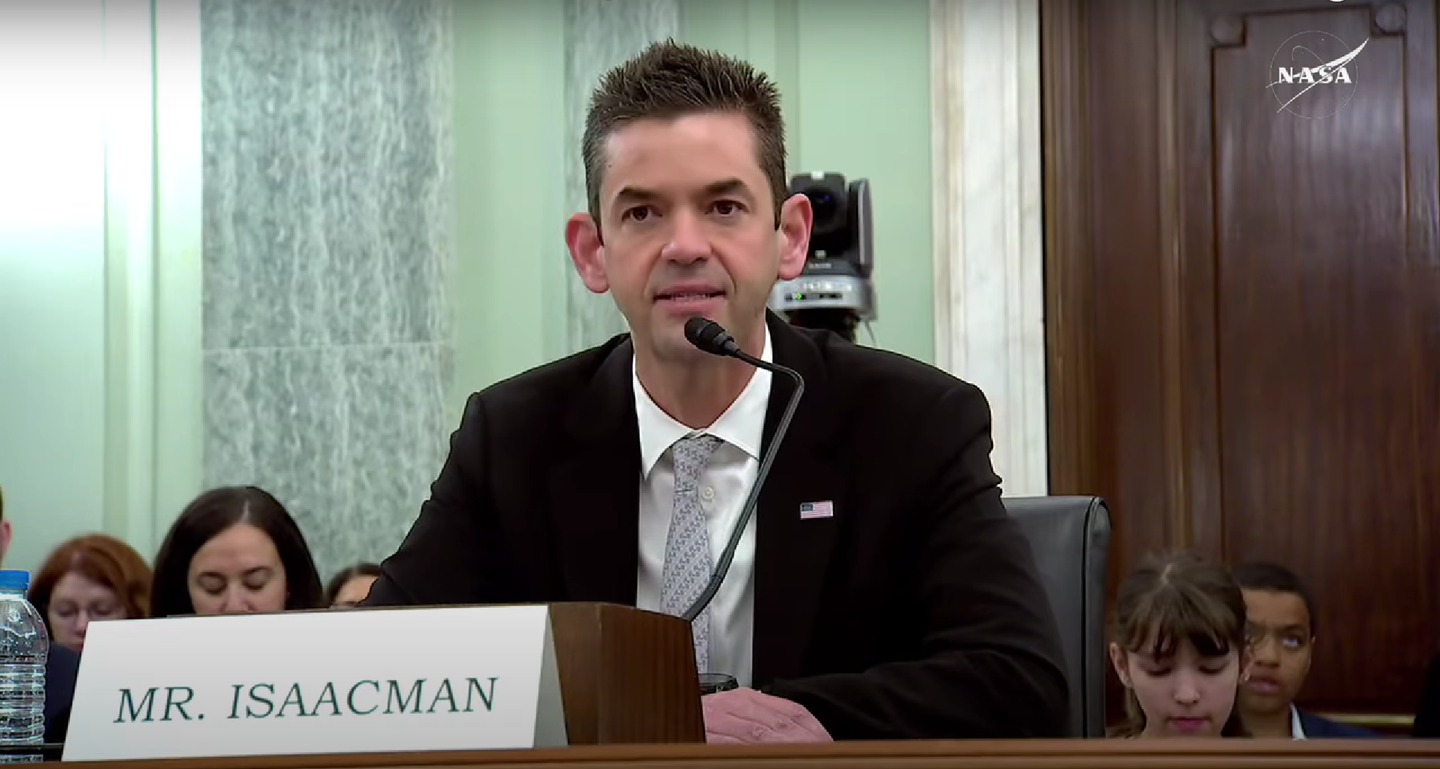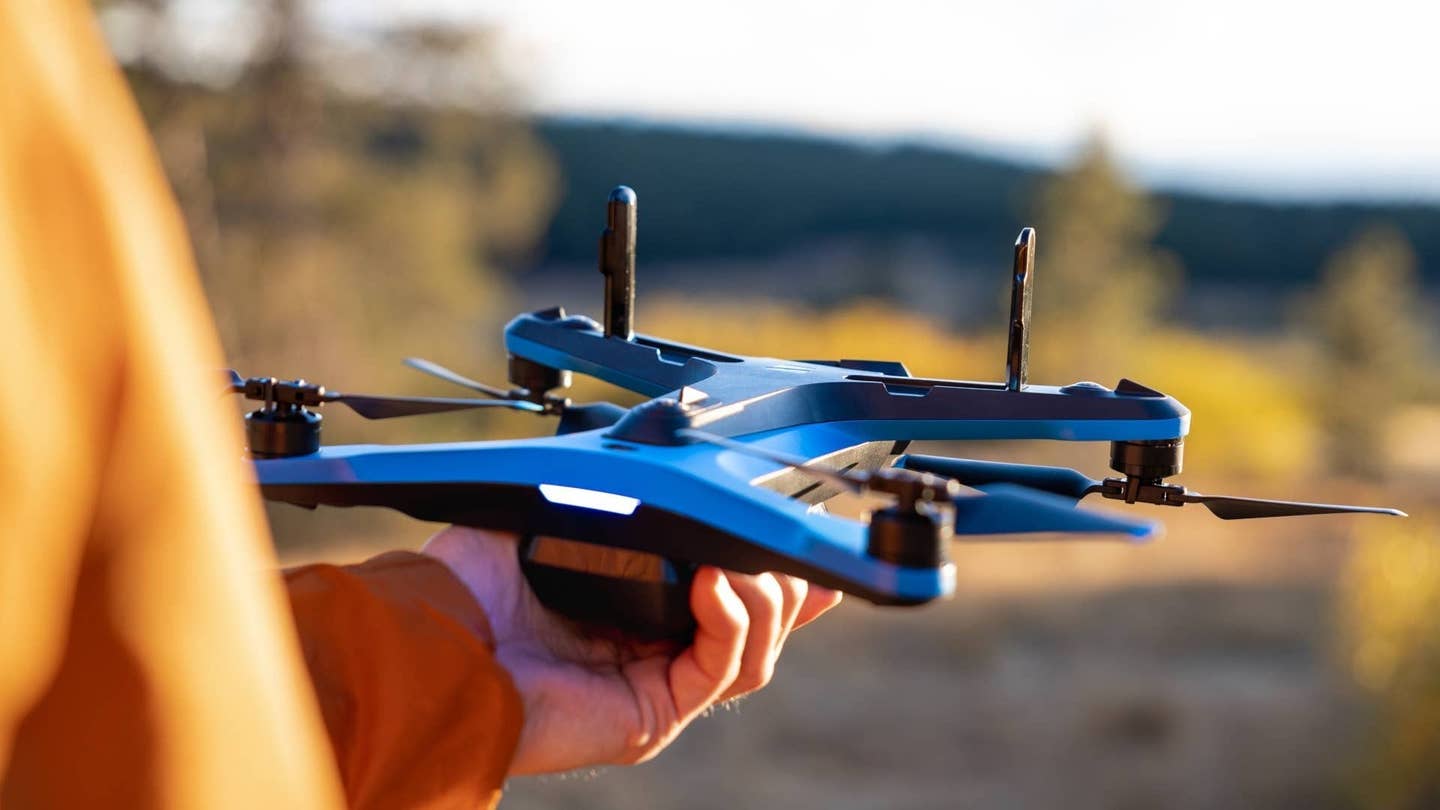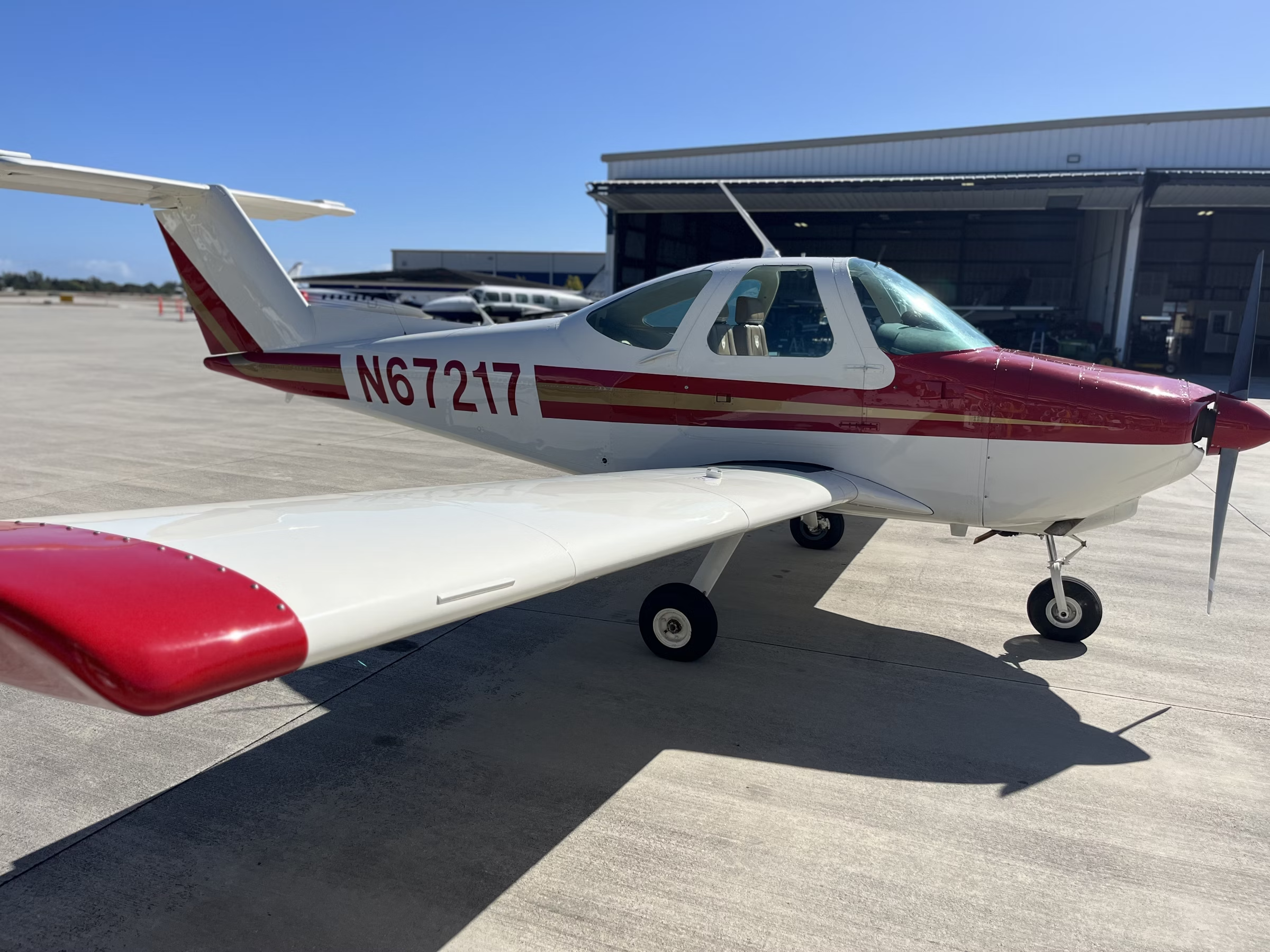Flying the Margins: How One Pilot’s Choices Stacked the Odds
Sometimes it’s not worth finding out if normal aviation variability will exceed your capabilities.

A solid strategy when en route with poor weather everywhere is to divert early to someplace where the conditions are good. [Adobe Stock]
Last month I wrote about my preference for RNAV approaches versus ILSs in most but not all situations. Earlier this year there was a fatal accident in a Cirrus SR22 in Bar Harbor, Maine, in which the pilot’s choice of an ILS versus an RNAV approach had a direct impact on the outcome.
In his book Pre-Accident Investigations, safety expert Todd Conklin wrote that “aviation accidents are the unexpected combination of normal aviation variability.” In this accident, if some variables were different, there could have been a more positive outcome. Instead, as you’ll see, the challenges this pilot faced kept stacking up.
If you're not already a subscriber, what are you waiting for? Subscribe today to get the issue as soon as it is released in either Print or Digital formats.
Subscribe NowIt was a lousy day with low ceilings of 200, 300, and 500 feet across most of Maine. In those circumstances it pays to be fat on fuel, because if you have to go missed at one airport, it’s not a given you’ll be able to get into your alternate. I faced similar circumstances a few years ago while flying a Vision Jet to Knoxville, Tennessee (KTYS). The ceilings were 200 and 300 feet overcast at every airport for hundreds of miles. So, we diverted 130 miles from our route to the one airport—Little Rock, Arkansas (KLIT)—where the ceilings were 900 feet overcast and not likely to go below minimums before we arrived.
A good strategy, when en route with widespread, poor weather, is to not fly to your original destination but to divert early to someplace where the weather is good enough that there’s little chance you’ll need to go missed. As I searched around Maine, at the time of the accident, the one airport that met that criterion was Lewiston (KLWS). The weather there was 10 miles visibility and 800 feet overcast. Now 800 feet overcast isn’t great, but it was hundreds of feet better than all other airports in the area. Also, Lewiston has an ILS with 200-foot minimums, so the clouds were 600 feet above minimums. And here’s the kicker. Although that airport is 86 miles from Bar Harbor, it was along the route of flight, so this aircraft would have flown close to it while en route.
LPV minimums for the RNAV (GPS) 22 at Bar Harbor are the same as for the ILS 22: 283 feet msl, which is 200 feet agl, and three-quarter-mile visibility. However, there was a NOTAM for a normal aviation variability—the approach lighting system was out of service. That increased the visibility minimums from three-quarters of a mile to 1 mile, and it would make it harder to spot the runway.
The weather around the time of this accident was reported to be 1.5-mile
visibility, light rain and mist, and overcast at 300 feet. Winds before and after the accident were 140 at 4 knots and 160 at 8 knots. So, the clouds were about 100 feet above minimums, the visibility was 0.5-miles above minimums, and there was light rain and mist. With the airport barely above minimums and the approach lights out of service, this was a challenging approach for any pilot.
But there was yet another normal aviation variability. On the ILS 22 approach chart, a note said, “Autopilot coupled approach NA below 900 feet msl.” So, for about the last 600 feet of the approach, about a minute of flying time, the pilot would have to hand-fly the approach.
Given that the RNAV (GPS) 22 approach was available with the same minimums, and that the entire approach could be flown with the autopilot, it is surprising the pilot didn’t elect to fly it instead of the ILS. Late-model Cirrus aircraft like this one are some of the few aircraft that don’t require you to disconnect the autopilot to fly the missed approach. At minimums, instead of disconnecting the autopilot, you simply push the takeoff go-around (TOGA) button, add full power, and the aircraft will climb. You then raise the flaps, and push the NAV and FLC buttons on the autopilot. So, flying the missed approach in these aircraft is simpler than in most aircraft, because you can leave the autopilot on. But since the pilot chose the ILS, he wouldn’t be able to use that feature and would have to hand-fly the last portion of the approach and the beginning of the missed approach.
ADS-B data shows that the approach was flown relatively precisely. However, there is a gap of 37 seconds between the last two data points. Here are the last two data points on FlightAware.com with corrections to the reported altitudes for the local barometric pressure. The next-to-last point showed the aircraft at 80 knots at 410 feet, about 130 feet above minimums. The last data point is disturbing. It showed the aircraft at 52 knots at 310 feet, or about 30 feet above minimums.
- READ MORE: How Somatogravic Illusion Kills Pilots
That last data point was located about 1,000 feet short of the runway threshold, where if the aircraft were on the glideslope to land, it would have been at about 100 feet msl, so the aircraft was most likely climbing on the missed approach. A motorist captured a faint image of the aircraft crashing in what appeared to be a near vertical descent, though it was difficult to see in the mist. Two seconds later a fire erupted.
We can only guess what happened during the missing 37 seconds. Most likely the aircraft continued to descend on the glideslope to the minimum of 283 feet. At some point, it then began to climb for the missed approach but got slow during the climbout. Undoubtedly that climbout was flown by hand, as required for the ILS. Had the pilot flown the RNAV (GPS) 22 approach instead, and used the autopilot throughout the approach and missed approach, the aircraft wouldn’t have gotten slow and stalled. A nice feature of late-model Cirrus aircraft is its underspeed protection system. When it activates, the aircraft trades altitude for airspeed to prevent a stall.
Perhaps the ultimate safe move would have been to delay the trip by a day. Sometimes it’s not worth finding out if normal aviation variability will exceed your capabilities.”
This column first appeared in the February Issue 955 of the FLYING print edition.

Sign-up for newsletters & special offers!
Get the latest FLYING stories & special offers delivered directly to your inbox







